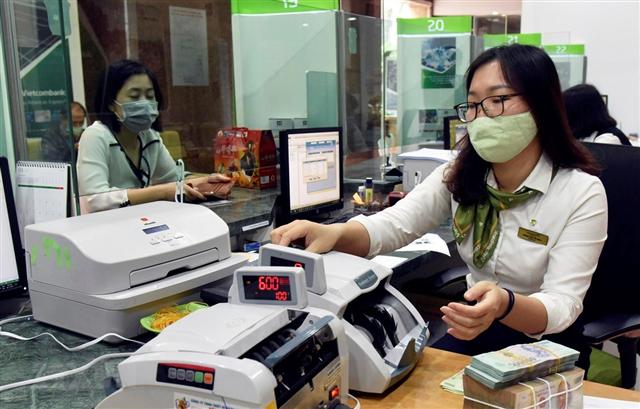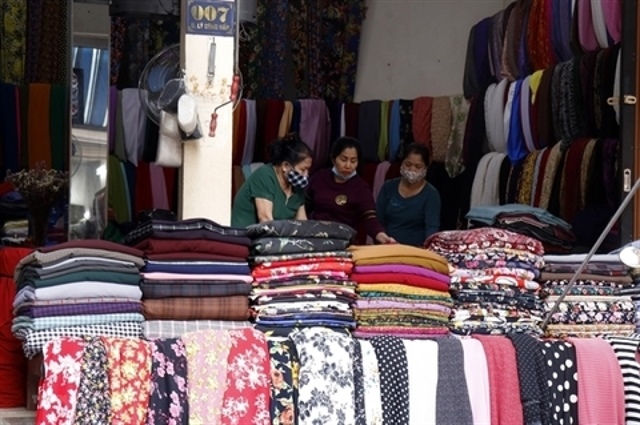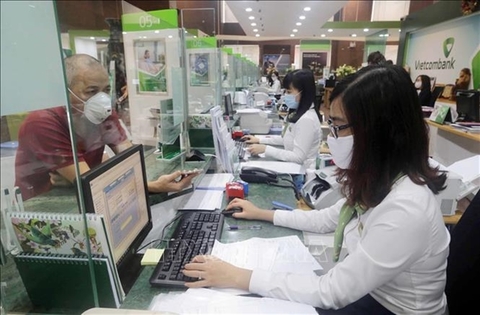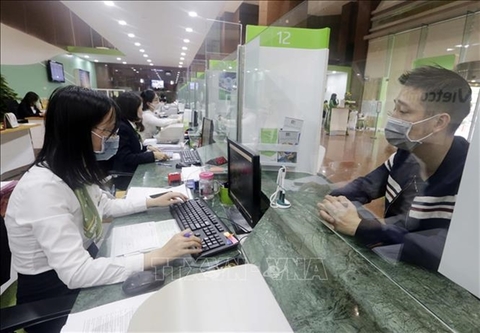Credit growth targets to be revised for banks
Credit growth targets to be revised for banks
In addition to restructuring repayment periods and maintaining debt classifications in line with Circular 01/2020/TT-NHNN and Circular 03/2021/TT-NHNN of the State Bank of Vietnam, banks will reduce lending rates to support businesses and people affected by the pandemic.

A number of banks lower lending rates to support enterprises struggling in the pandemic
|
Financial burden
The Covid-19 pandemic has pushed many businesses into difficulties. According to the General Statistics Office of Vietnam, in the first seven months of 2021, nearly 79,700 businesses temporarily halted operations, applied to be dissolved and completed dissolution procedures, an increase of 25.5 percent compared to a year ago. On average, nearly 11,400 businesses withdrew from the market each month.
Financial-banking expert Nguyen Tri Hieu said the input and output of capital - the two main components of bank operations - are facing difficulties. If the pandemic continues to be complicated and prolonged, people will withdraw savings to cover living costs as their incomes are reduced. Businesses that cannot sell goods will also withdraw savings to pay wages and buy raw materials.
Similar pressure is being exerted on the output side. Businesses with stagnant trade and production activities will not require loans, resulting in slower credit growth.
Reducing lending rates coupled with extended credit room are expected to promote credit growth in the remaining months of the year. Although banks are moving to reduce lending rates, the demand for capital is limited due to the unpredictable developments of Covid-19.
Most banks recorded a significant increase in bad debts in the second quarter of 2021, reflecting business difficulties. The bad debt ratio out of total credit outstanding was at 2.32 percent in ABBank and 1.38 percent at VietinBank.

A customer makes transaction at a Vietcombank branch
|
Overcoming difficulties for businesses
The final months of the year are often considered peak season for banks with sharp hikes in demand for capital. However, this year customers are facing numerous difficulties, especially in Ho Chi Minh City and southern provinces where the pandemic is wide spread.
Weakening financial health is a major barrier for businesses in meeting credit conditions and accessing new loans, especially since banks have strengthened risk management to limit bad debts.
A recent survey conducted by the State Bank of Vietnam found that credit institutions forecast credit growth at 4.7 percent in the third quarter and 13.1 percent for the whole year, lower than the 14.7 percent rate of a previous survey. Nguyen Hoang Minh, deputy director of the State Bank of Vietnam branch in Ho Chi Minh City, said the credit growth target adjustment was made at the credit institution’s request in light of the operational situation, financial capacity, governance and room for credit extension, with priority given to those that reduce lending rates to support businesses and individuals.
| Joint Stock Commercial Bank for Investment and Development of Vietnam (BIDV) Chief Economist Can Van Luc said credit growth of 10 to 15 percent this year would be appropriate. |




























